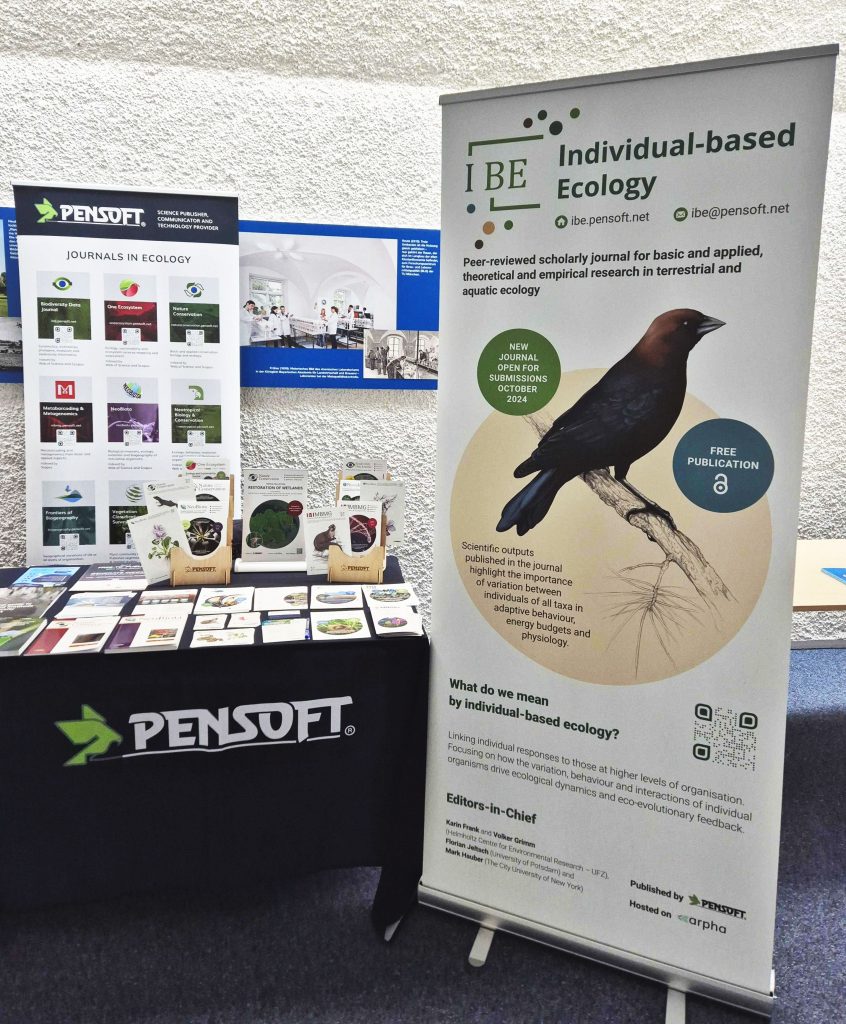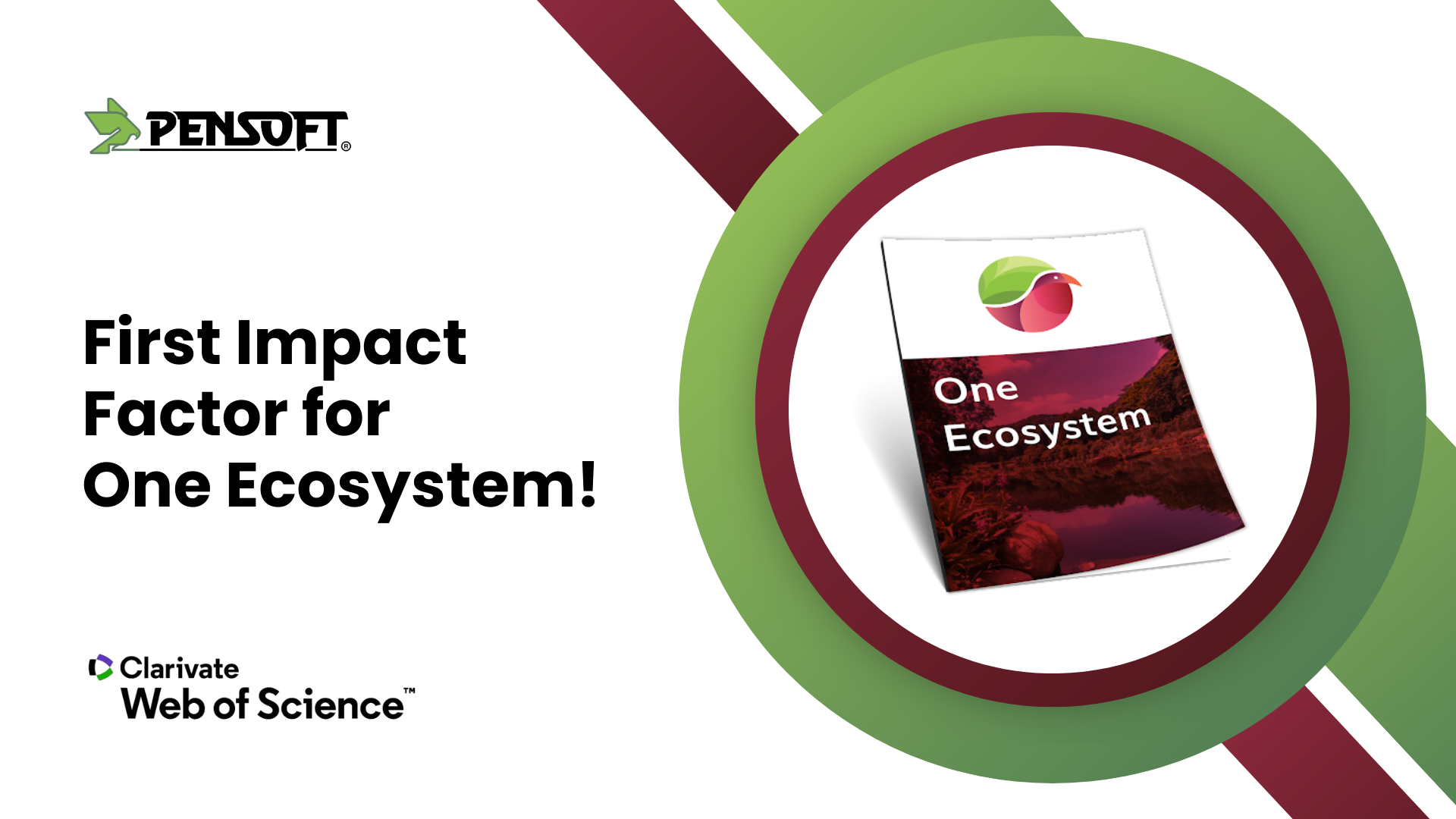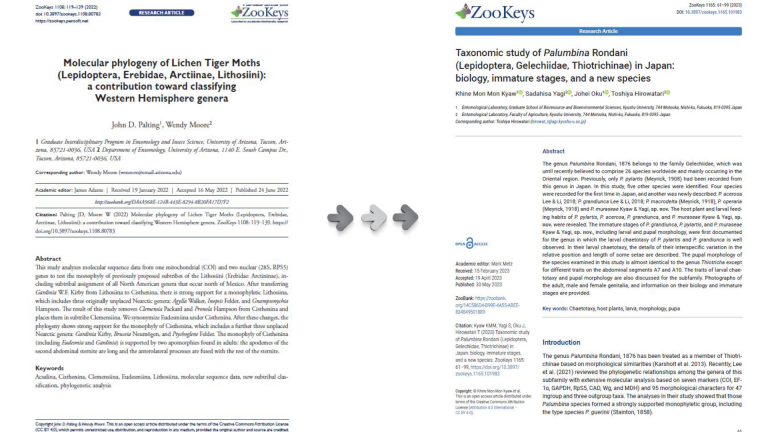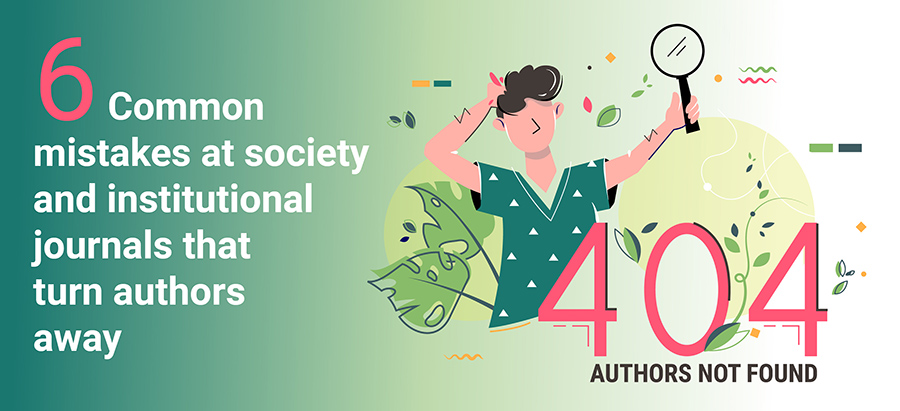Scholarly publisher and technology provider Pensoft has launched Individual-based Ecology (IBE), a new peer-reviewed, diamond open-access journal established to promote an individual-based perspective in ecology.
IBE aims to bridge the gap between individual-level responses and broader ecological patterns. In the face of global challenges, the journal is looking to contribute to both a better understanding and new sets of predictions of how ecological systems will respond to anthropogenic change. It aims to support the development of appropriate mitigation and restoration measures by focusing on the entities that actually and directly respond to change, i.e. individual organisms.
The journal embraces basic and applied, theoretical and empirical research in terrestrial and aquatic ecology. It welcomes contributions that incorporate data or novel insights about individual organisms and their interactions that are relevant to explaining system-level dynamics. IBE will publish a wide range of articles, including empirical, experimental, and modeling studies, as well as reviews, perspectives, and methodological papers.
As a diamond open-access journal, IBE is currently free to publish and free to read, ensuring that all published research is freely accessible to the global community.
The journal will utilise Pensoft’s innovative ARPHA platform, known for its robust support of academic publishing and efficient dissemination of research. Thanks to its fast-track publishing solution, the new journal offers a seamless, end-to-end publishing experience, encompassing all stages between manuscript submission and article publication, indexation, dissemination and permanent archiving. The publishing services provided by ARPHA also include a variety of human-provided services and integrations with third-party providers, intended to maximise the reach and usability of scholarly knowledge published in IBE.
IBE will be led by four editors-in-chief: Prof. Dr. Volker Grimm and Prof. Dr. Karin Frank of Helmholtz Center for Environmental Research – UFZ, Prof. Dr. Mark E. Hauber of The City University of New York, and Prof. Dr. Florian Jeltsch of the University of Potsdam.

„We are excited to launch Individual-based Ecology, a new, promising journal that will contribute to a better understanding of ecological systems and how we interact with them,” said Prof Lyubomir Penev, founder and CEO of ARPHA and Pensoft.
“The time has come to establish individual-based ecology as an important complement to all other branches of ecology, both because we need it to fully understand and predict the response of ecological systems to change, and because empirical and modelling approaches have reached a level where the collection and use of individual-based data has become possible,” says Prof Volker Grimm, one of the editors-in-chief.
“It is exciting to be able to launch a journal that embraces ecological principles at the level of individuals across any and all lineages of life on our planet”, notes Prof. Mark E. Hauber, also an editor-in-chief.
“This new journal will promote nothing less than a paradigm shift in ecological thinking from averaging approaches to a science focused on the fundamental agents of change, i.e. individual organisms. Systematically recognising the importance of individual variation in ecological systems will transform our fundamental understanding of how biodiversity and its components emerge from individual responses and interactions, and how the emerging levels of organisation will respond to changing environments,” said Prof Florian Jeltsch from the editorial team.
IBE joins a number of open-access ecology journals published by Pensoft.For more information on the journal’s focus and scope and guidelines to authors, visit IBE’s website and follow it on Facebook and X.
























